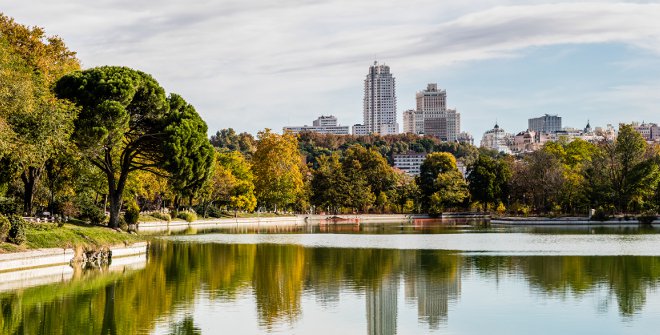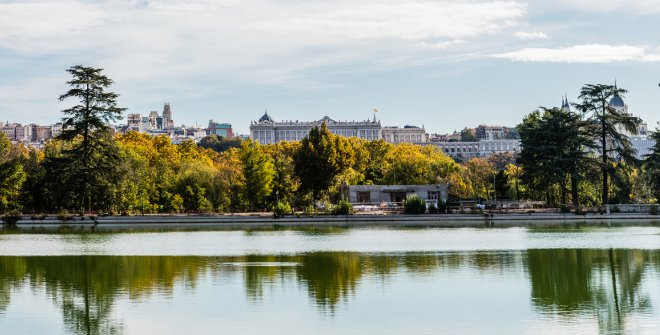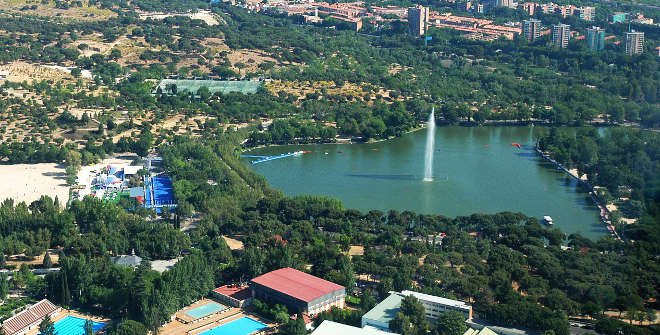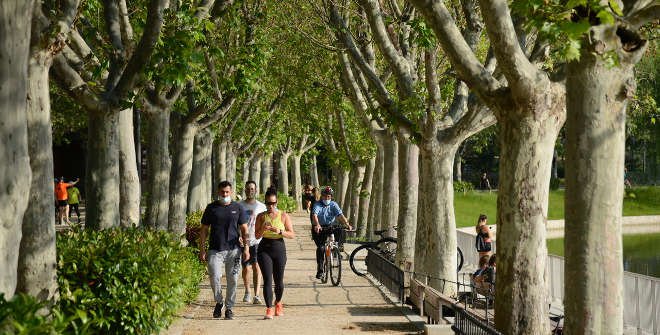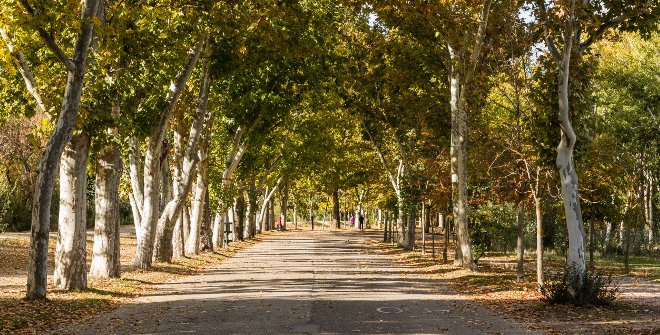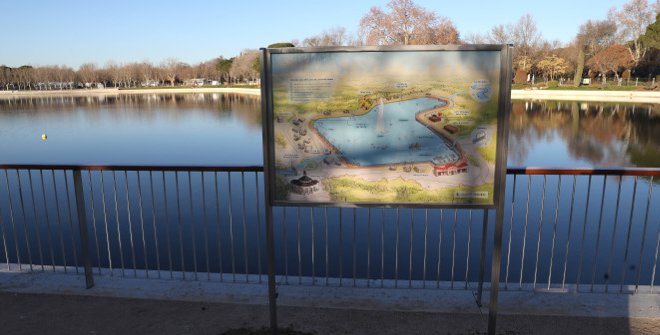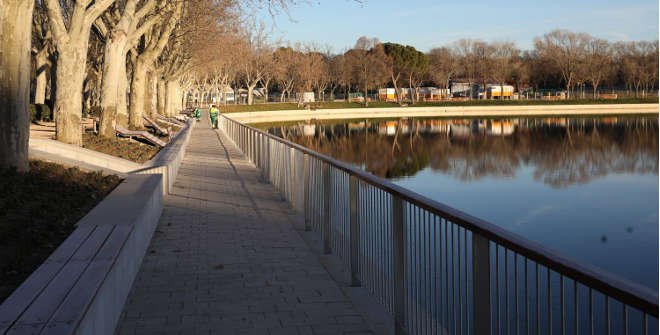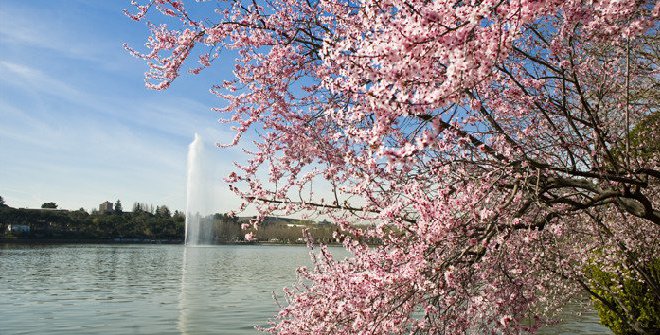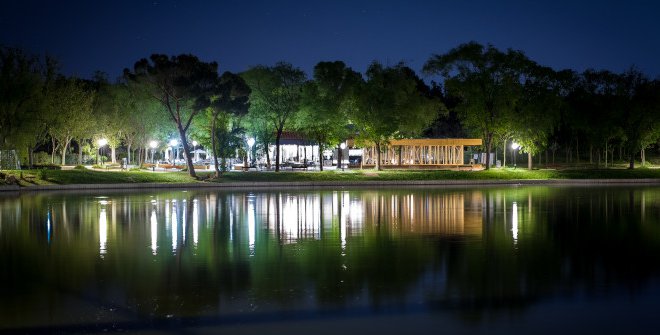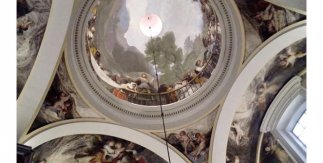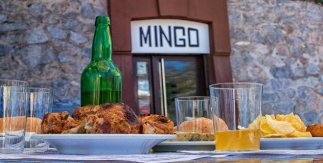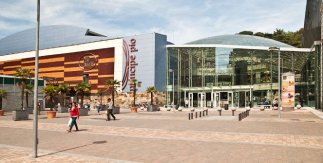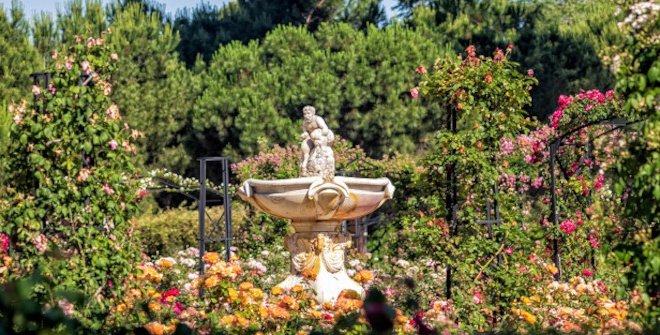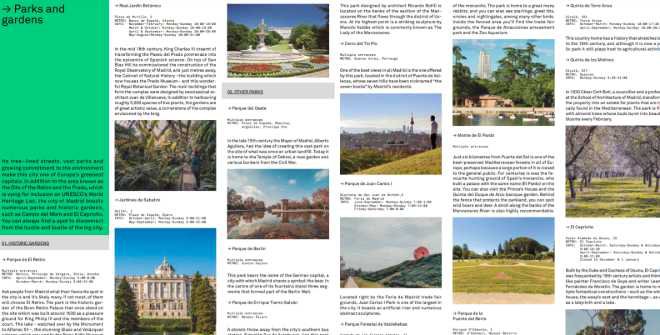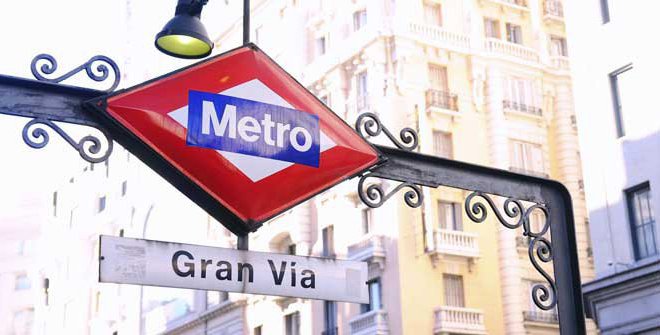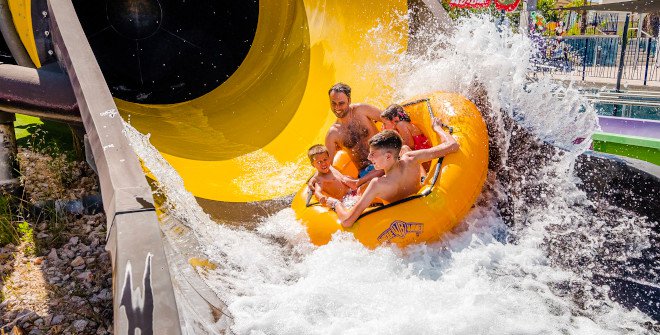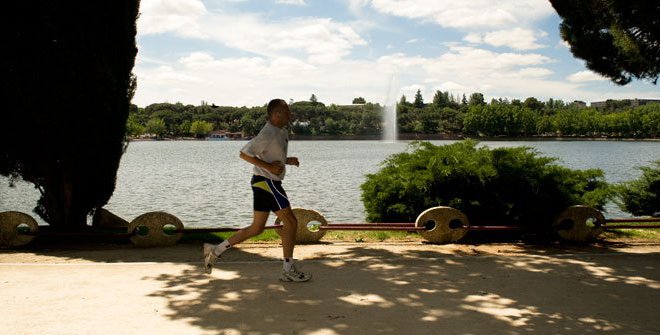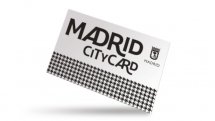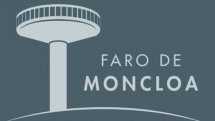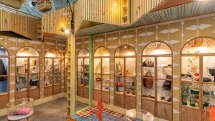Advertisement
Advertisement
Casa de Campo Park
Casa de Campo Park
 casa_campo_1.jpg
casa_campo_1.jpg casa_campo_2.jpg
casa_campo_2.jpg casadecampo.jpg
casadecampo.jpg martin_pescador_casadecampo.jpg
martin_pescador_casadecampo.jpg casadecampo.jpg
casadecampo.jpg casa_de_campo.jpg
casa_de_campo.jpg gal_inessabanesrehabilitacionlago_7.jpg
gal_inessabanesrehabilitacionlago_7.jpg lago_casa_2.jpg
lago_casa_2.jpg 1935098181_18122009141729_adj.jpg
1935098181_18122009141729_adj.jpg lago_casa_de_campo_de_noche.jpg
lago_casa_de_campo_de_noche.jpg
Description
Last updated:
10/10/2025
IN THE AREA
This small hermitage in the area known as Madrid Río boasts a ceiling covered in original Goya frescoes. Temporarily closed for renovation works.
Centennial cider house close to Príncipe Pío, where the most traditional flavours from Asturias can be savoured.
A former station converted into a shopping mall and leisure complex.
Fabulous English-style gardens in Hapsburg Madrid located right behind the Royal Palace.
-
Parks and Gardens
DOWNLOAD OUR GUIDE
-
Getting around Madrid
-
Amusement Parks and Zoos
Advertisement
-
Running in Madrid
OFFICIAL PRODUCTS
- Contact
- General Conditions
- Legal Terms and Conditions
- Cookies policy
- Privacy settings
- madrid.es
Advertisement
